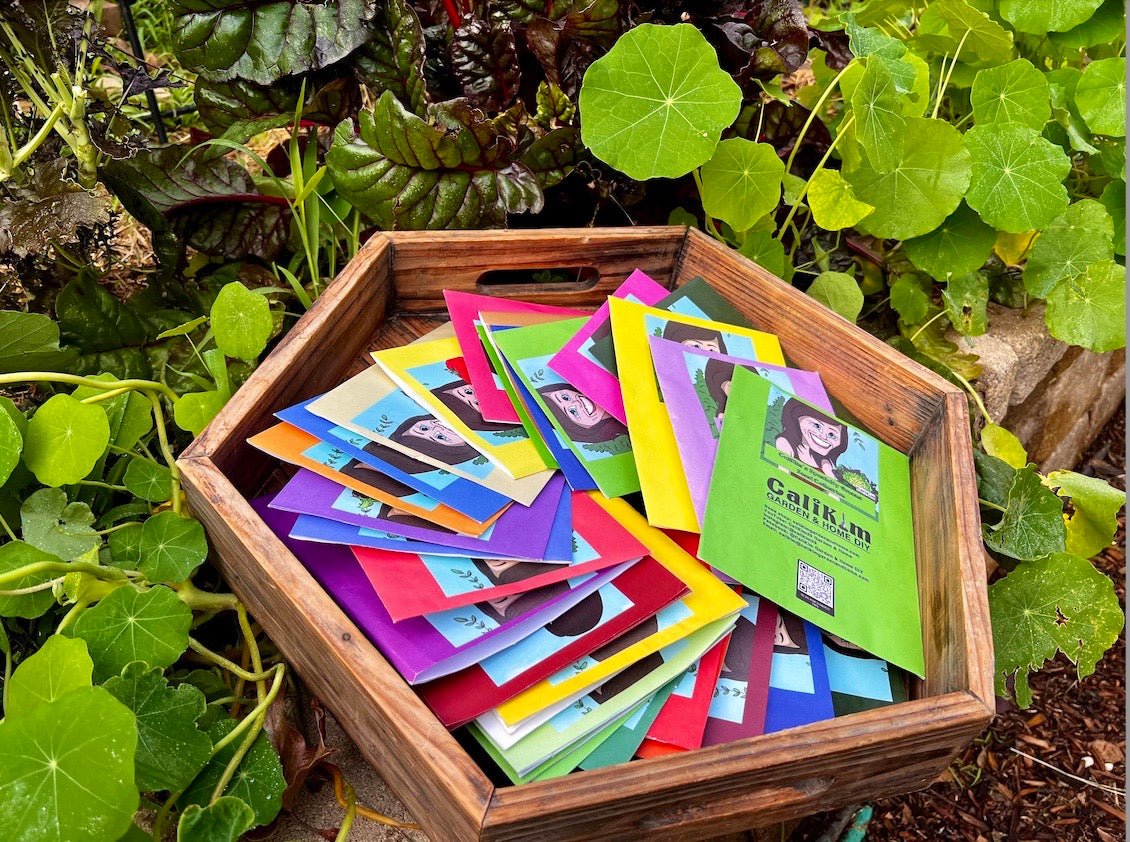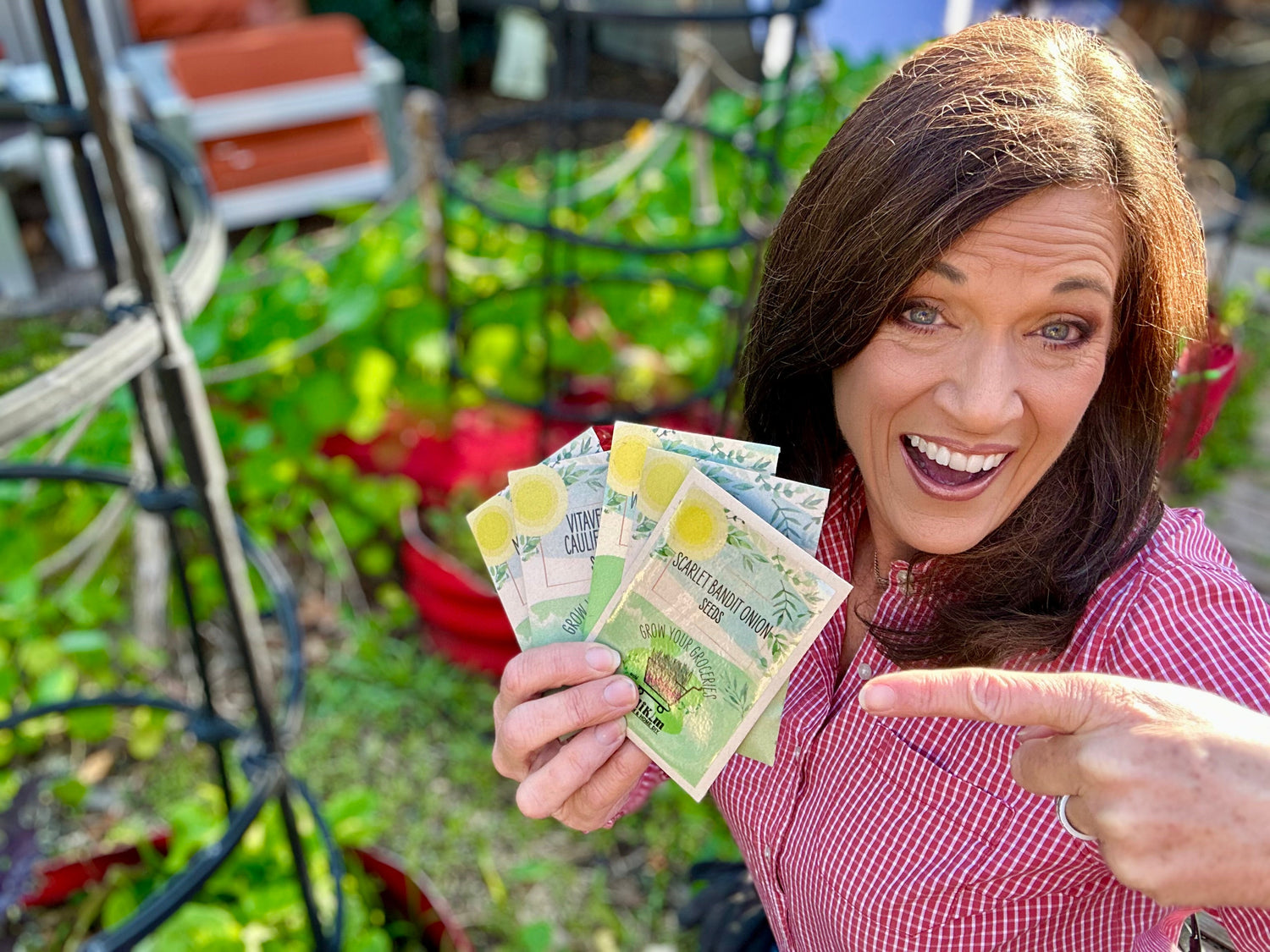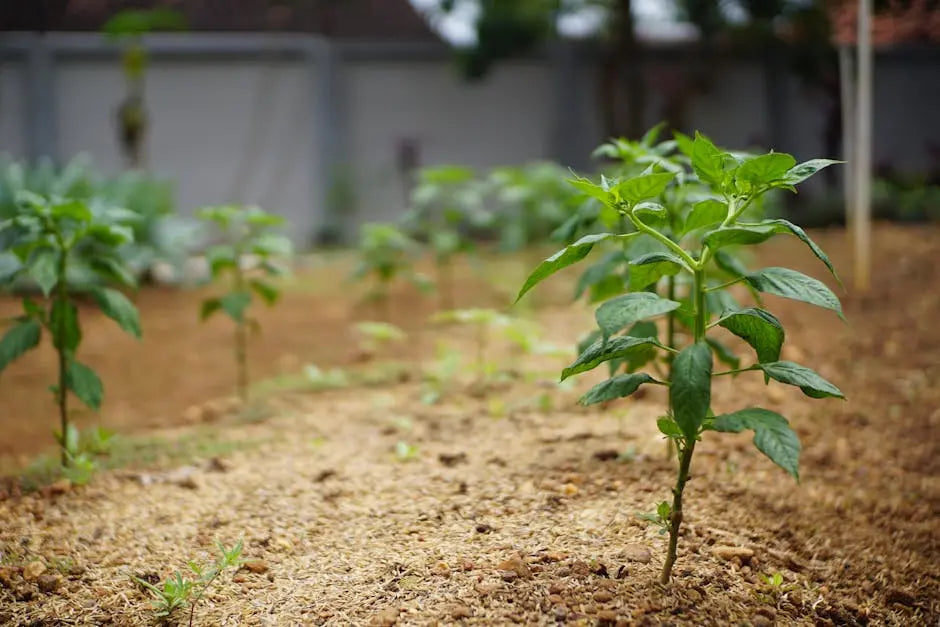In the world of gardening, sustainability is a hot topic, and one approach that is gaining momentum is the practice of seed collections. But how do these collections fit into the grand scheme of sustainable gardening? Let’s explore the essentials of seed collections and their impact on the environment and gardening practices. 
Understanding Seed Collections
Seed collections are groups of seeds gathered for various purposes, including preservation, study, or cultivation. This section delves into what seed collections are, their types, and their significance in gardening.
At its core, a seed collection encompasses seeds gathered from a variety of plants, some cultivated and some wild. These collections aim to conserve genetic diversity, which is crucial for the sustainability of crops and ecosystems.
Gardening enthusiasts can create their own seed collections by collecting seeds from their favorite plants at the end of the growing season. This not only provides a sense of accomplishment but also helps maintain a connection to the cycles of nature.
Understanding seed collections also involves recognizing different types, such as heirloom, hybrid, and open-pollinated seeds. Each type has its characteristics and suitability, making them vital tools in sustainable practices.
Benefits of Seed Collections for Sustainability
Seed collections play a vital role in promoting sustainability through biodiversity, crop resilience, and decreasing the need for commercial seed sources.
By maintaining a diverse array of seeds, gardeners can contribute to ecological stability. Biodiversity not only supports various wildlife but also allows plants to adapt to changing environmental conditions, making our gardens more resilient.
These collections can significantly lower the carbon footprint associated with sourcing new seeds, as they encourage the use of locally adapted varieties that require fewer resources. Additionally, the practice of saving seeds can lead to economic benefits by reducing reliance on commercial seed producers.
Moreover, seed collections foster community engagement as gardeners share their unique seeds and knowledge. This exchange of seeds can build relationships and create a network of sustainability-conscious gardeners.
How to Create Your Own Seed Collection
Starting your own seed collection is easier than you might think. Learn the basics of collecting, storing, and cataloging seeds to ensure they thrive in your garden.
Begin by selecting the plants you love most or those that perform well in your local climate. After the flowers have faded and the fruits or pods have formed, gather the seeds. Make sure they’re fully mature for the best viability!
Once you’ve harvested your seeds, proper storage is essential. Store them in a cool, dry place, preferably in airtight containers. Label each container with the plant name and date to keep track of what you’ve collected.
Cataloging your seeds can further enhance your gardening experience. Consider creating a simple spreadsheet or using gardening apps to record seed varieties, planting dates, and notes on growth. This will enhance your gardening knowledge over time.
Integrating Seed Collections Into Your Garden
Incorporating seed collections into your gardening practice can enhance your garden’s productivity. This section offers practical tips on planting and nurturing your collected seeds.
When planting collected seeds, timing is crucial. Different seeds have unique germination schedules, so research the best planting times for each variety to ensure successful growth.
Make sure to prepare your garden beds adequately. Enrich the soil with organic matter and ensure proper spacing based on the needs of each plant. This will give your seeds the best chance to thrive.
As your plants grow, keep a close eye on their progress. Regular watering, weeding, and upkeep will not only ensure a fruitful harvest but also teach you valuable lessons about your specific seed varieties.
Challenges of Seed Collections in Sustainable Gardening
While seed collections offer numerous advantages, there are challenges such as seed viability, pests, and diseases. Understanding these issues helps gardeners prepare and adapt.
One major challenge is the storage of seeds. Even with the best intentions, seeds can lose viability over time. This underscores the importance of testing and rotating your collections to ensure you’re using fresh seeds.
Pests and diseases can also pose significant challenges. It’s important to be proactive in identifying potential threats to your garden. Implement organic pest control methods and keep your garden tidy to minimize risks.
Lastly, climatic changes can influence the success of your seed collections. Keeping abreast of changing weather patterns and adjusting your gardening strategies accordingly will help you maintain a sustainable garden despite these fluctuations.
The Impact of Seed Collections on Sustainable Gardening
Embracing seed collections is not just a trend; it’s a crucial step toward sustainable gardening. By saving seeds and promoting biodiversity, gardeners are not only nurturing their gardens but also supporting the planet. So, grab your seeds and start your sustainable journey!





